Demon Slayer is a series that masterfully combines intense action, emotional depth, and interesting storytelling, particularly when it comes to its central warriors, the Hashira.
These elite fighters are the backbone of the Demon Slayer Corps, representing the highest level of skill and dedication in the battle against demons.
Yet, their strength does not shield them from the inevitability of loss and sacrifice.
Their deaths are some of the most profound moments in the series, leaving an indelible mark on viewers with scenes that are as visually stunning as they are emotionally devastating.
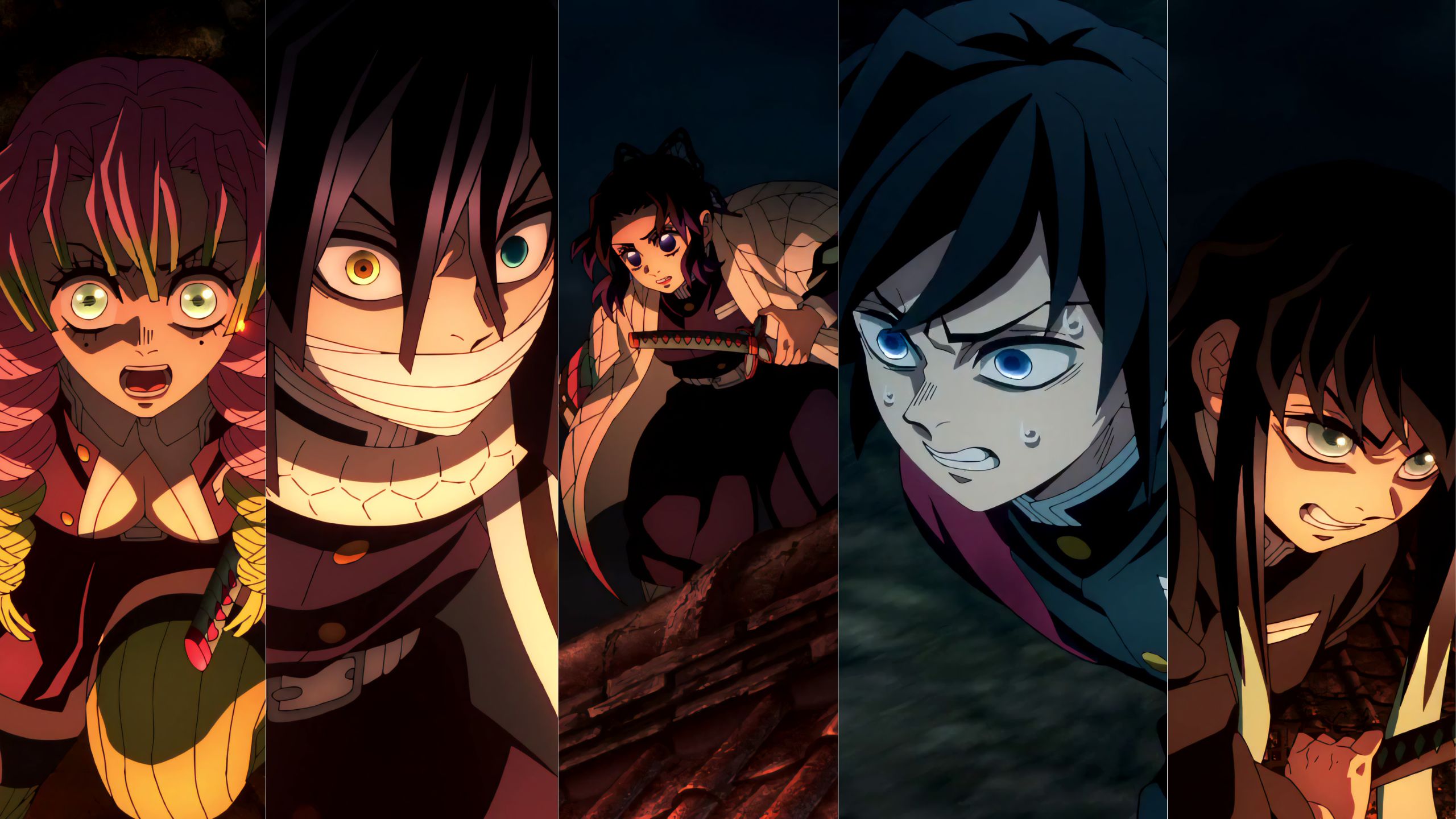
For the Hashira, dying in battle is almost expected, given their dangerous mission.
However, these deaths are far more than just endings for powerful warriors; they are poignant reminders of the incredible burdens these heroes carry.
Each Hashira’s death is crafted with meticulous care, highlighting themes of honor, resilience, and a fierce dedication to protecting humanity.
Their sacrifices are etched into the hearts of fans not only because of their bravery but also because each farewell is a farewell to a character who brought their unique strengths and perspectives into the Demon Slayer Corps.
Understanding the Hashira’s Role in Demon Slayer
To truly appreciate the impact of the Hashira’s deaths, it is essential to understand who they are and the roles they play within Demon Slayer.
The Hashira are the top-ranking warriors of the Demon Slayer Corps. They are masters of specialized “Breathing Techniques,” which allow them to wield extraordinary powers in battle.
Each Hashira represents a unique form of combat, tied to an elemental theme that enhances their abilities and reinforces their individuality within the Corps.
The Hashira are not merely fighters; they are symbols of hope and security for a world terrorized by demons.
The presence of a Hashira in a battle often signifies that a significant and possibly deadly confrontation is underway.
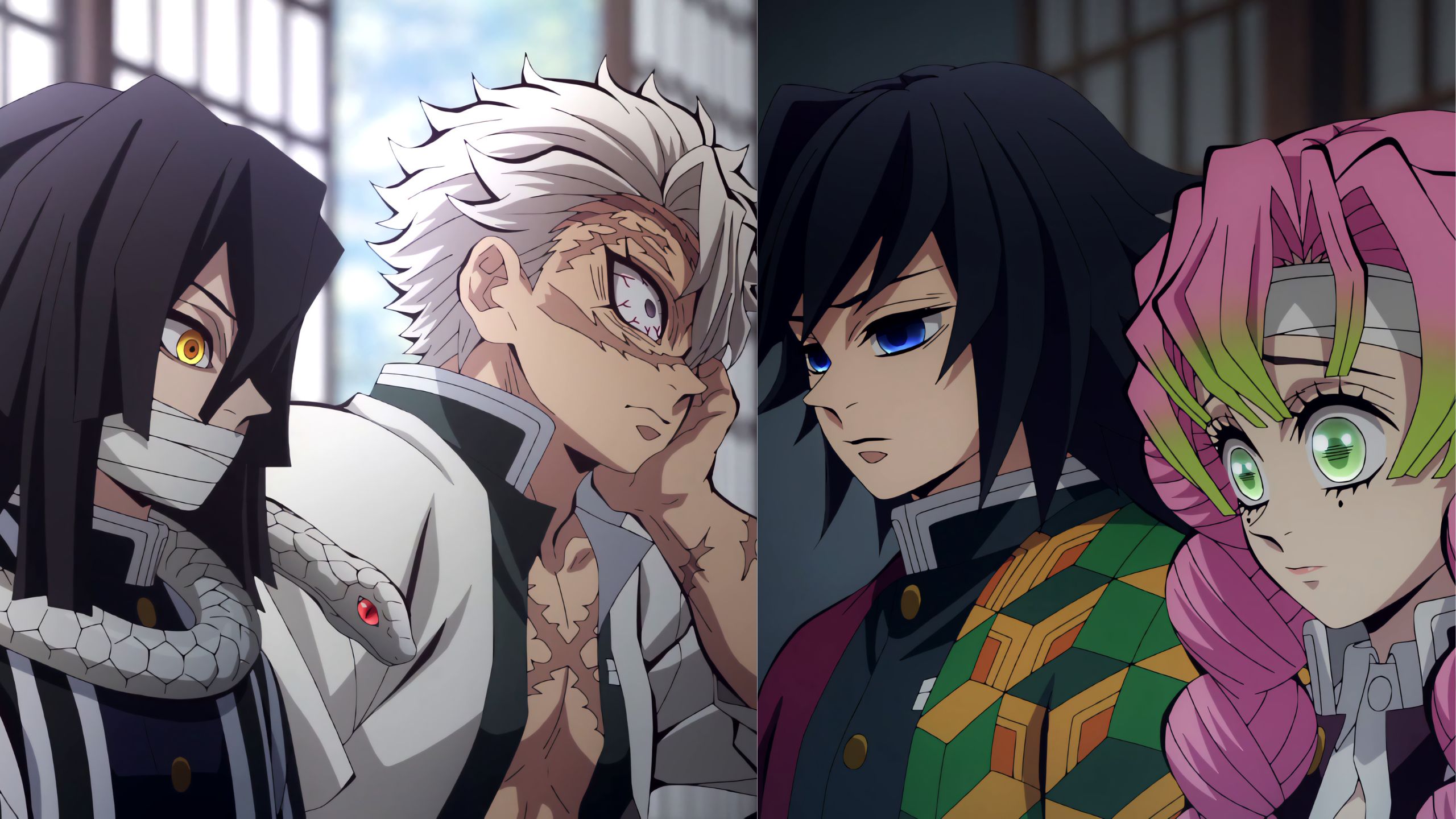
This intense responsibility pushes each Hashira to the limits of their physical and mental endurance, and each member brings their own approach to this duty.
They face battles with an unwavering resolve, even when it becomes clear that their lives are at risk.
Each Hashira’s journey is marked by personal tragedy and hardship, and these experiences fuel their relentless drive to protect humanity.
The Unyielding Will of the Hashira
What sets the Hashira apart is their unbreakable spirit. Despite facing nearly impossible odds, they remain steadfast in their mission.
For them, the thought of retreat is inconceivable. They know that failure often means the death of innocent people, and they are willing to sacrifice everything for the greater good.
This commitment improvises their deaths from mere losses to symbolic representations of the price of heroism.
In Demon Slayer, each Hashira’s death is portrayed with a balance of tragedy and honor. The narrative makes it clear that these warriors are not invincible, but their resolve in the face of death transforms their final moments into inspiring acts of courage.
The series does not hold back in showing the brutal toll their battles take on their bodies, but their willingness to face this pain head-on is a testament to their character.
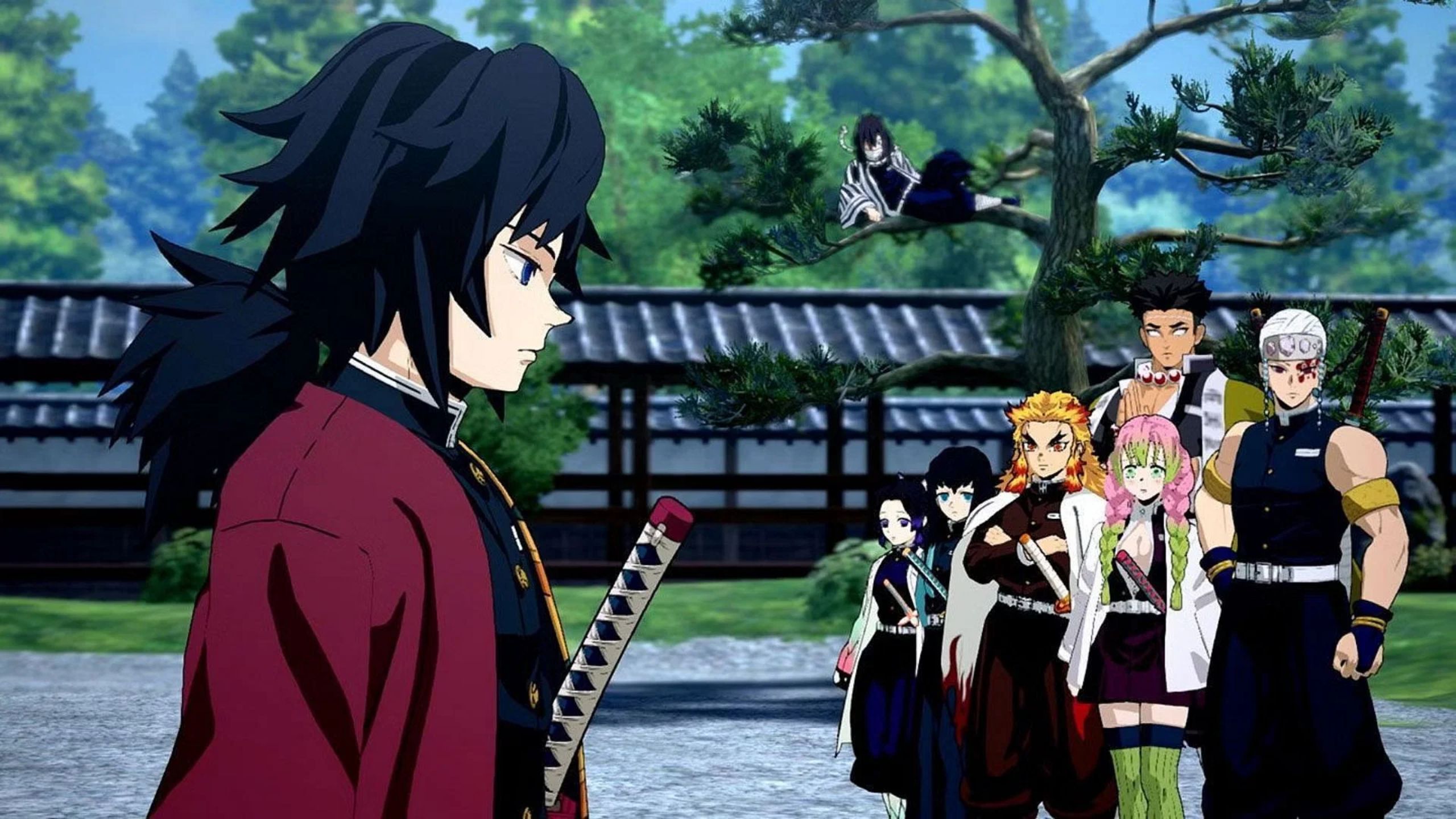
Each Hashira’s death reinforces the idea that, while their physical forms may perish, their ideals and sacrifices live on, immortalized in the memories of those who survive.
Shinobu Kocho’s Heroic Yet Tragic End
One of the most unforgettable deaths in Demon Slayer is that of Shinobu Kocho, the Insect Hashira.
Shinobu’s personality is gentle yet sharp, and her approach to battle reflects her intelligence and tactical mind.
Unlike the other Hashira, she is physically weaker, yet she compensates for this with an unmatched level of poison mastery.
Her battle style revolves around agility, precision, and the use of a unique poison that she developed to exploit the demons’ weaknesses.
Her dedication to avenging her sister’s death fuels her intense hatred for demons, but she balances this hatred with a profound desire to protect her comrades.
Shinobu’s death is both gruesome and emotionally charged. She confronts Doma, one of the most powerful Upper Rank demons and the one responsible for her sister’s death.
Shinobu’s final moments are marked by intense suffering as Doma crushes her spine, rendering her unable to move, and absorbs her in a harrowing act witnessed by Kanao Tsuyuri, her apprentice.
Despite her terrifying end, Shinobu’s death holds a deep sense of purpose. She faces her demise with a defiant smile, knowing she has devised a final plan to weaken Doma by filling her body with a lethal dose of poison.

This moment summarizes Shinobu’s complex character: she is cunning, brave, and unyielding even in the face of death.
Her death is a painful reminder of the personal sacrifices Hashira makes, but it also emphasizes her resolve to protect those she cares about.
Shinobu’s legacy lives on in Kanao, who carries forward her mentor’s teachings and determination.
Mitsuri Kanroji: The Love Hashira’s Final Stand
Mitsuri Kanroji, the Love Hashira, embodies a warmth and optimism that sets her apart from the other Hashira.
Her bubbly personality and genuine kindness are juxtaposed with her immense physical strength, which makes her a formidable opponent in battle.
Mitsuri’s unique breathing technique, Love Breathing, allows her to move with a speed and flexibility that enhances her deadly attacks.
Her strength lies not only in her combat skills but in her compassion, which drives her to fight for the safety of others.
In her final battle, Mitsuri confronts Muzan Kibutsuji, the demon responsible for all the suffering caused by demons.
Mitsuri’s death is particularly painful to witness, as she loses both her arms in the brutal confrontation but continues to fight.
Her determination to protect her friends and humanity remains unshaken, even as her body is breaking down.
Mitsuri’s final moments are a testament to her love for her comrades and her unbreakable spirit. She fights not out of a desire for revenge, but out of a genuine desire to protect those she cares about.
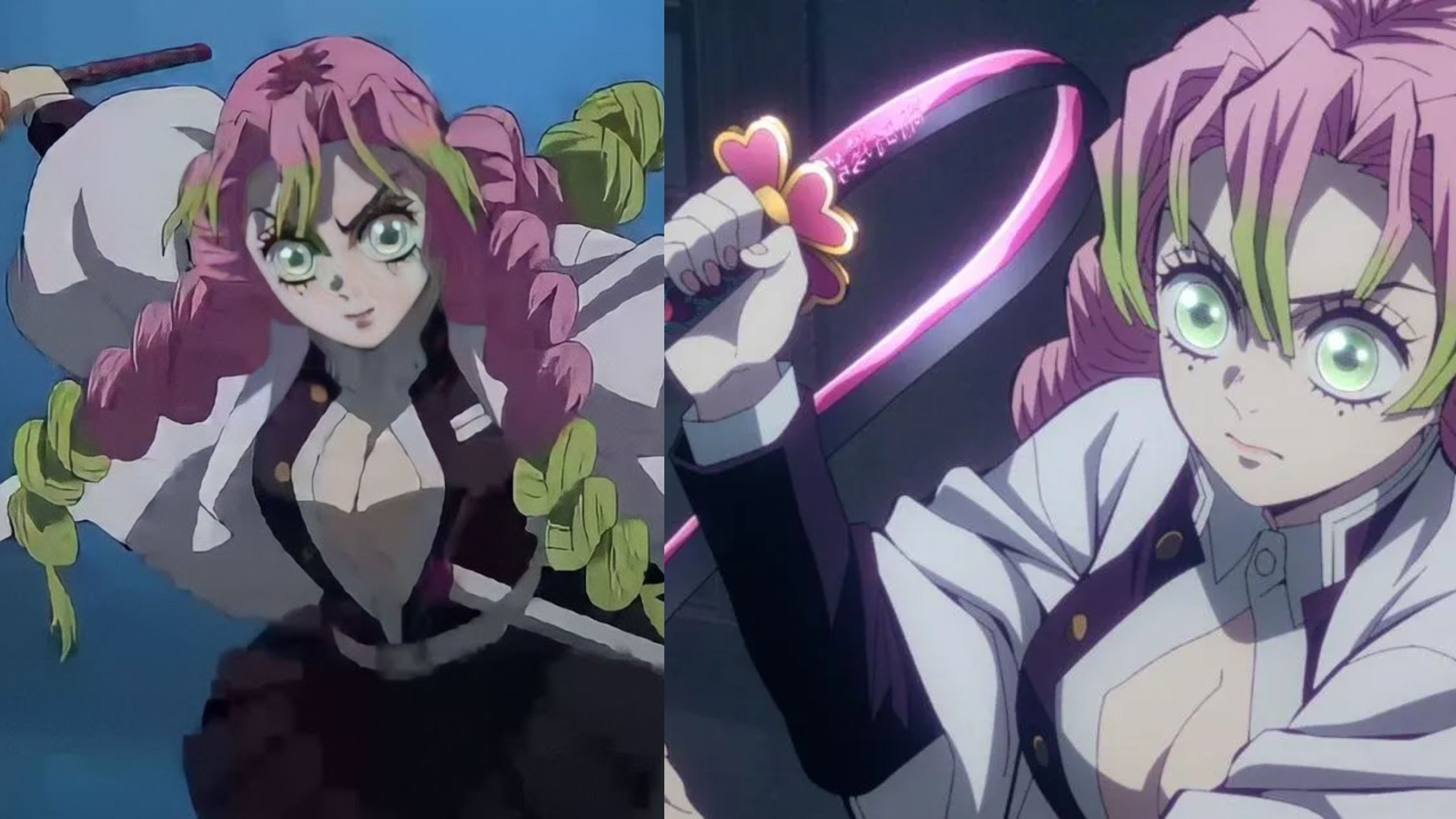
Mitsuri’s death is a powerful moment because it highlights the strength of her spirit in the face of insurmountable odds.
Her love for her comrades is evident even in her final moments, making her death not only the loss of a powerful warrior but also the loss of a beloved friend.
Mitsuri’s legacy is one of compassion, bravery, and a willingness to face any danger to protect those she loves.
Muichiro Tokito: The Young Prodigy’s Ultimate Sacrifice
Muichiro Tokito, the Mist Hashira, is one of the youngest and most talented members of the Demon Slayer Corps.
Despite his young age, Muichiro possesses an incredible strength and skill that make him a formidable Hashira.
His past is filled with trauma, having lost his family to demons, and this has shaped his personality and dedication to the Corps.
Muichiro’s Mist Breathing technique is unique, allowing him to confuse and overwhelm his opponents with illusions and swift attacks.
Muichiro’s death is one of the most tragic and heroic in the series. He faces Kokushibo, one of the most powerful Upper Rank demons, in a battle that pushes him to his physical and mental limits.
Despite enduring severe injuries, Muichiro refuses to give up, determined to protect his comrades and fulfill his duty as a Hashira.
His final moments are marked by an unwavering resolve to defeat Kokushibo, even as his life slips away.
Muichiro’s death is a powerful reminder of the cost of heroism. Despite his young age, he exhibits a level of maturity and bravery that is awe-inspiring.
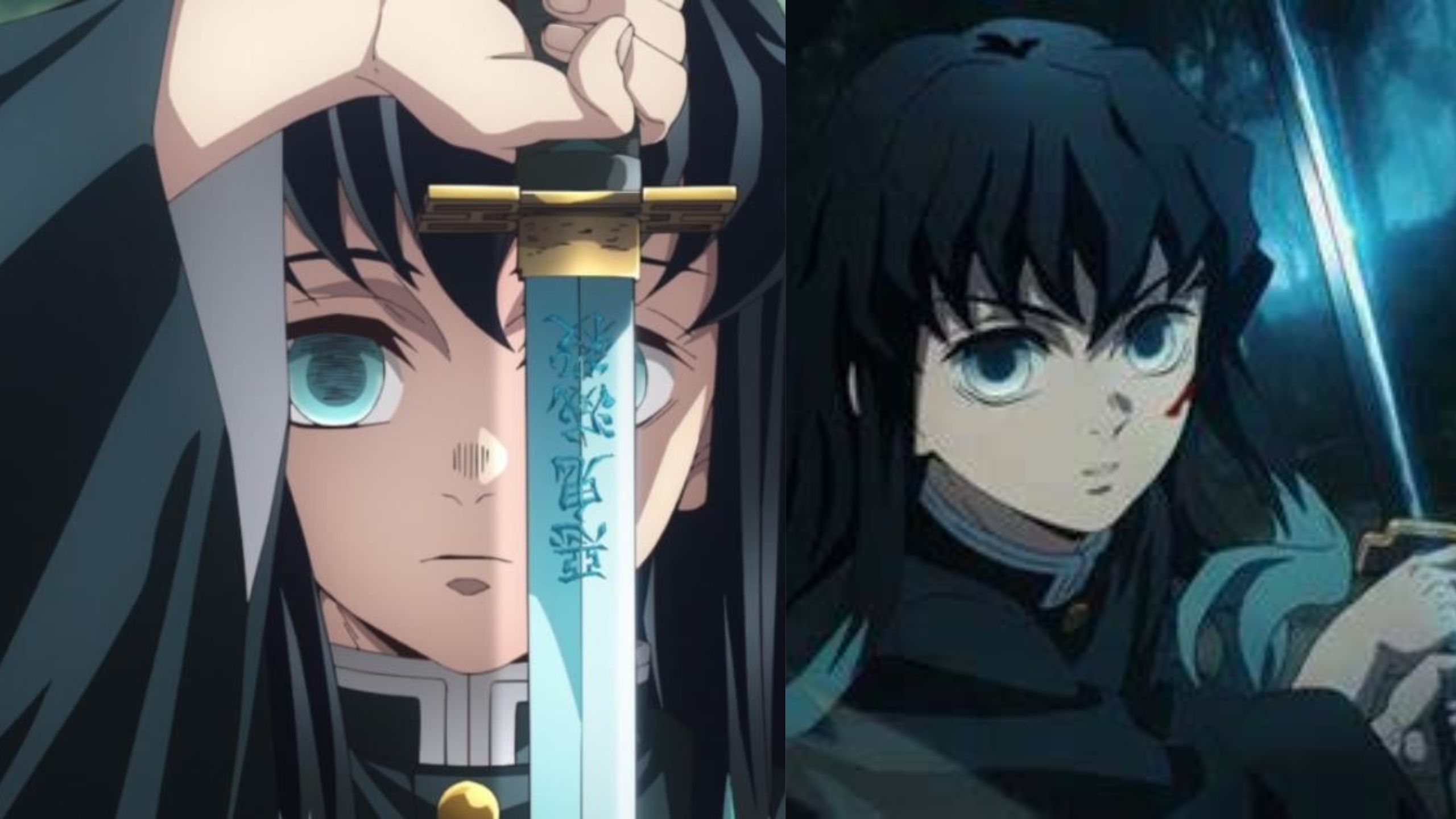
His death is not just the loss of a talented warrior but the loss of a young soul who had already endured more pain than most.
Muichiro’s legacy lives on in the hearts of those he fought alongside, serving as a reminder of the strength and courage of the Demon Slayer Corps.
Gyomei Himejima: The Stoic Stone Hashira’s Peaceful End
Gyomei Himejima, the Stone Hashira, is one of the most physically imposing members of the Demon Slayer Corps.
Despite his intimidating appearance, Gyomei is gentle and compassionate, traits that define his approach to life and battle.
His past is filled with hardship, and he has experienced loss and suffering that have shaped his stoic and wise demeanor.
Gyomei’s Stone Breathing technique allows him to harness immense strength, making him a powerful force on the battlefield.
Gyomei’s death is a bittersweet moment in Demon Slayer. He faces Kokushibo in a battle that costs him his life, but he meets his end with a sense of peace and acceptance.
Gyomei’s final moments are marked by a quiet strength, as he reflects on his life and the sacrifices he has made for the Corps.
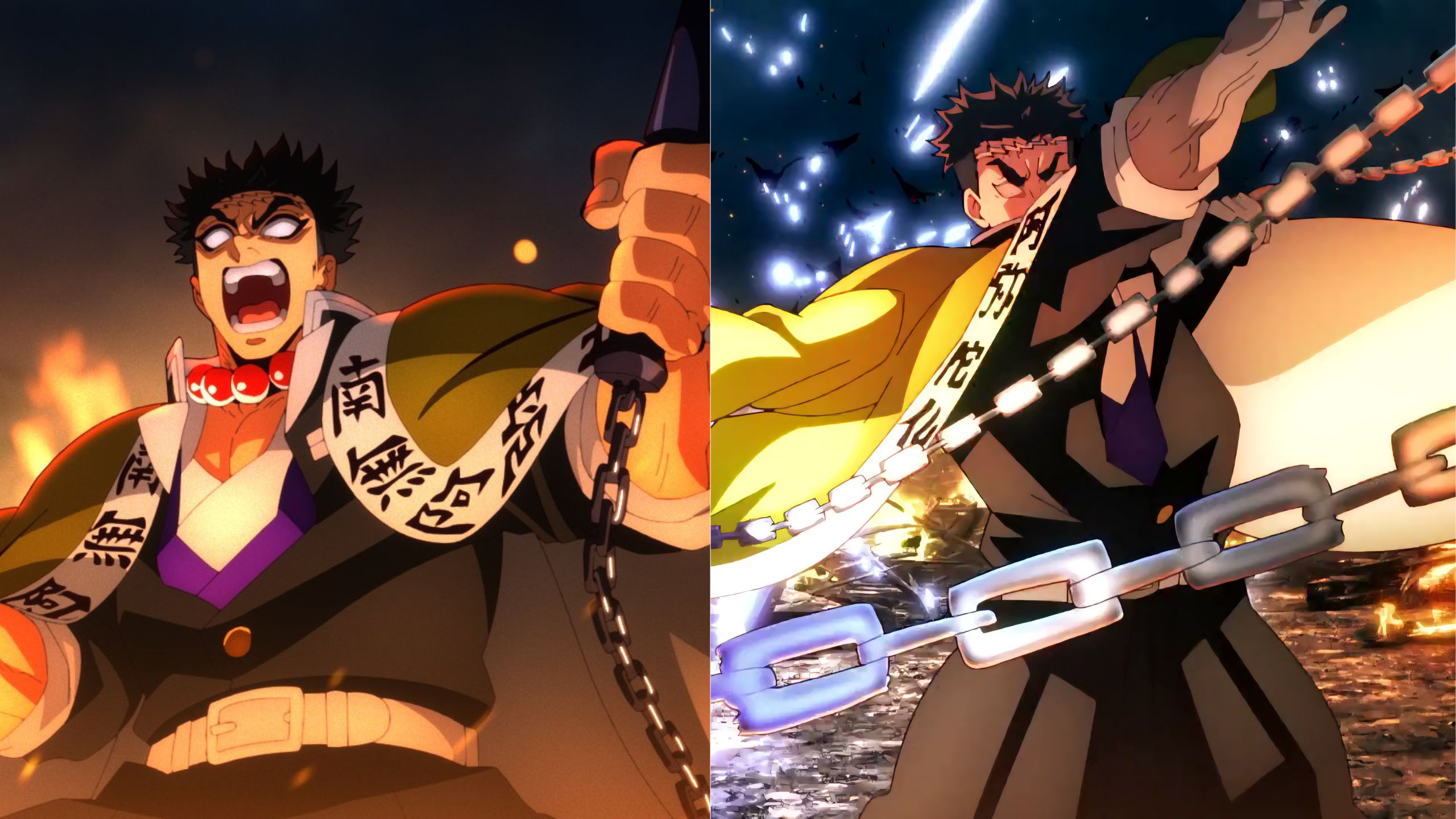
His death is not as graphic as some of the other Hashira’s, but it is no less impactful, as it represents the end of a life dedicated to protecting humanity.
Gyomei’s death is a testament to his unbreakable spirit and his dedication to the Corps.
His legacy is one of resilience, compassion, and strength, and his death serves as a reminder of the sacrifices that the Hashira are willing to make for the greater good.
Gyomei’s memory lives on in the hearts of those he fought alongside, and his sacrifice is a powerful reminder of the cost of heroism.
Tengen Uzui and Kyojuro Rengoku: The Unyielding Flame and Sound
Tengen Uzui and Kyojuro Rengoku are two Hashira whose deaths are marked by an unyielding determination to protect humanity.
Tengen, the Sound Hashira, is known for his flamboyant personality and his incredible strength.
His Sound Breathing technique allows him to use sound waves to enhance his attacks, making him a formidable opponent in battle.
Despite his injuries, including the loss of an arm, Tengen continues to fight with a fierce determination, unwilling to back down in the face of danger.
Kyojuro Rengoku, the Flame Hashira, is one of the most beloved characters in Demon Slayer. His death in the battle against Akaza is one of the most heartbreaking moments in the series.
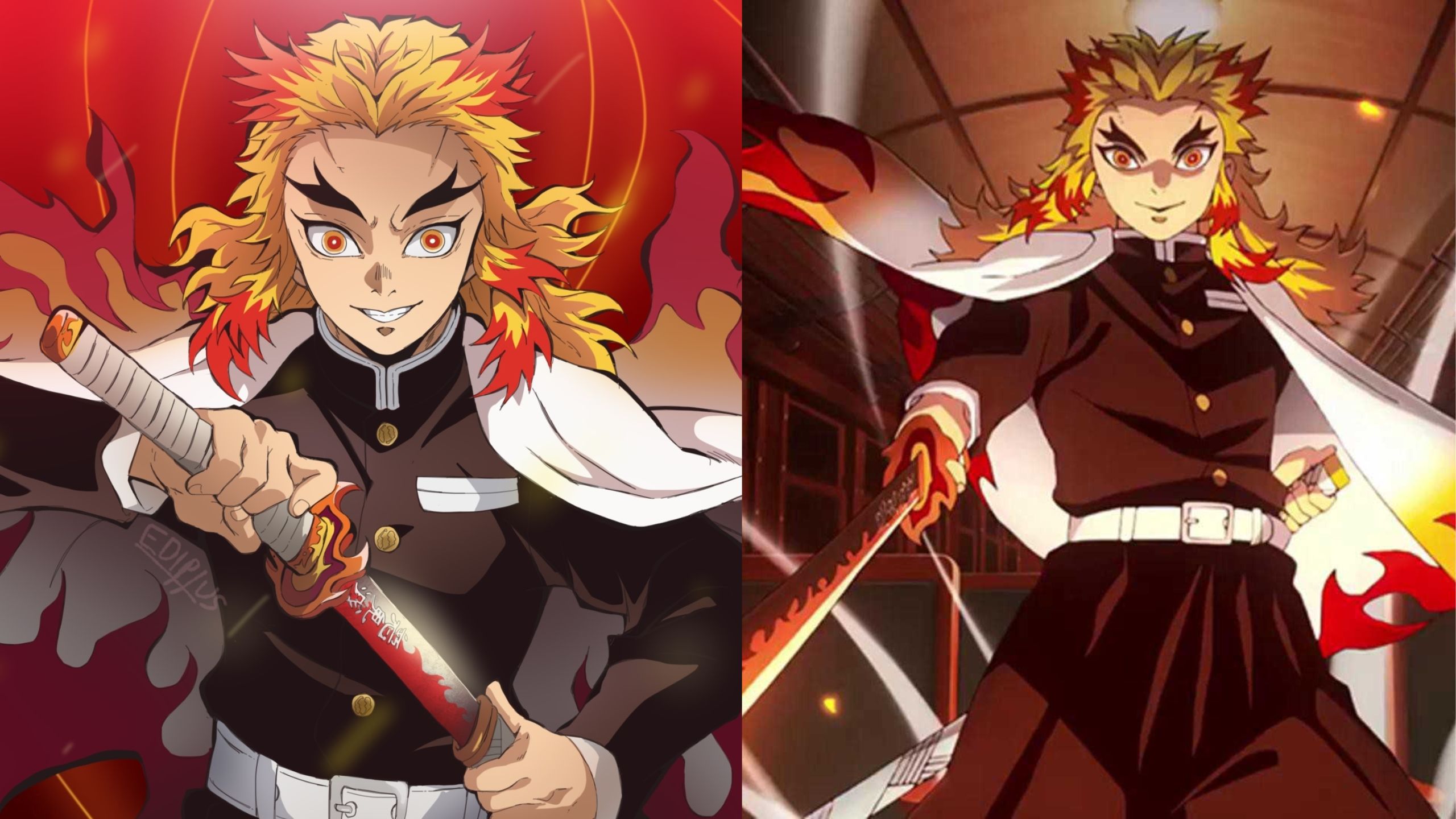
Kyojuro’s unwavering resolve and his commitment to protecting the innocent make him a true hero. His death is a powerful reminder of the sacrifices that the Hashira are willing to make for the greater good.
Both Tengen and Kyojuro’s deaths serve as reminders of the strength and courage of the Hashira.
Their unyielding determination to protect humanity, even at the cost of their own lives, is a testament to their character.
Their deaths are not just losses for the Demon Slayer Corps but for the entire world, as they represent the best of what humanity has to offer.
The Legacy of the Hashira
The deaths of the Hashira are not just moments of loss; they are powerful testaments to the strength, courage, and resilience of the Demon Slayer Corps.
Each Hashira’s death serves as a reminder of the sacrifices that these warriors are willing to make for the greater good.
Their deaths are not just losses for the Demon Slayer Corps but for the entire world, as they represent the best of what humanity has to offer.
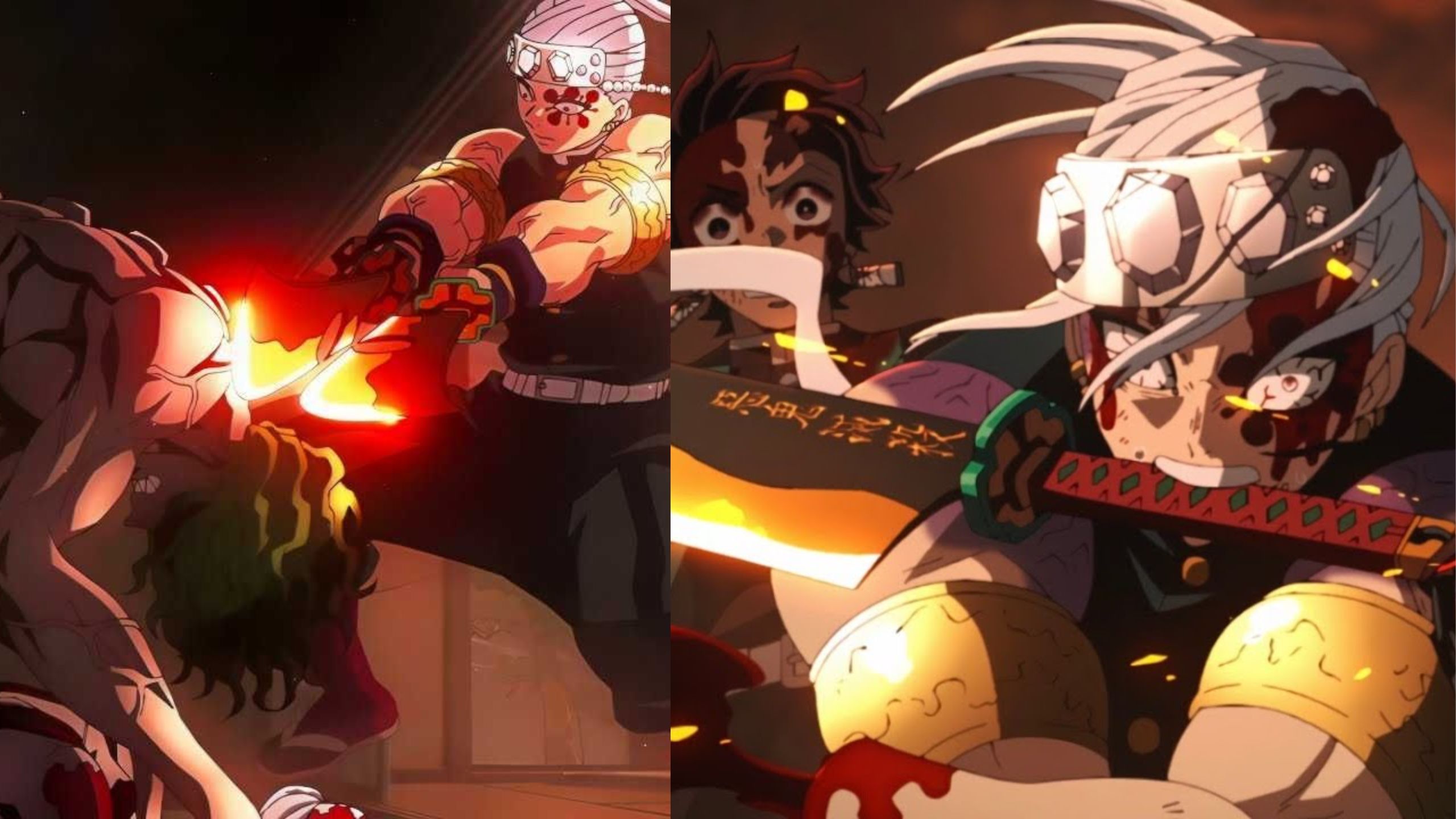
In Demon Slayer, the legacy of the Hashira lives on in the memories of those they protected.
Their sacrifices are not forgotten, and their courage continues to inspire new generations of demon slayers.
The Hashira’s deaths serve as powerful reminders of the strength and courage of the human spirit, and their legacy will live on for generations to come.





